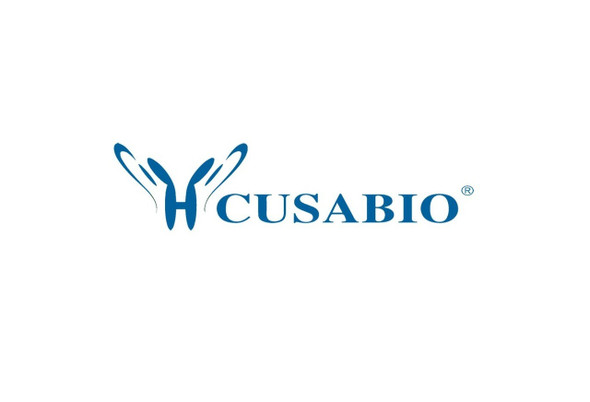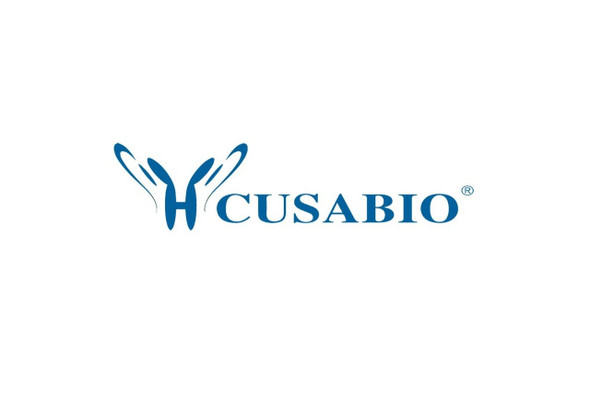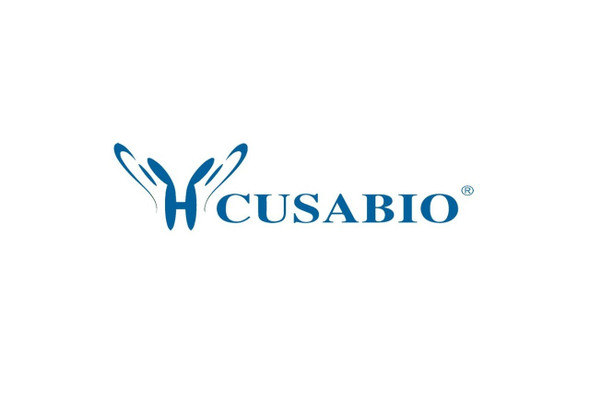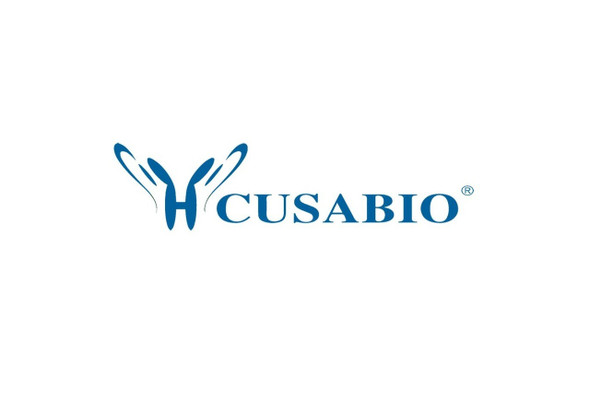Cusabio Active Proteins
Recombinant Human C-C motif chemokine 8 protein (CCL8) (Active) | CSB-AP000891HU
- SKU:
- CSB-AP000891HU
- Availability:
- 5 to 10 Working Days
Description
Recombinant Human C-C motif chemokine 8 protein (CCL8) (Active) | CSB-AP000891HU | Cusabio
Protein Description: Full Length of Mature Protein
Alternative Name (s) : HC14, Monocyte chemotactic protein 2, MCP-2, Small-inducible cytokine A8,
Gene Names: CCL8,MCP2,SCYA10,SCYA8
Research Areas: Immunology
Species: Homo sapiens (Human)
Source: E.Coli
Tag Info: Tag-Free
Expression Region: 24-99aa
Sequence Info: QPDSVSIPIT CCFNVINRKI PIQRLESYTR ITNIQCPKEA VIFKTKRGKE VCADPKERWV RDSMKHLDQI FQNLKP
Biological Activity: Fully biologically active when compared to standard. The biological activity determined by a chemotaxis bioassay using human peripheral blood monocytes is in a concentration range of 10-100 ng/ml.
MW: 8.9 kDa
Purity: >96% as determined by SDS-PAGE and HPLC.
Endotoxin: Less than 1.0 EU/µg as determined by LAL method.
Relevance: Chemotactic factor that attracts monocytes, lymphocytes, basophils and eosinophils. May play a role in neoplasia and inflammatory host responses. This protein can bind heparin. The processed form MCP-2 (6-76) does not show monocyte chemotactic activity, but inhibits the chemotactic effect most predominantly of CCL7, and also of CCL2 and CCL5 and CCL8. {ECO:0000269|PubMed:9558113}.
PubMed ID: 9119400; 9070881; 15489334; 2518726; 1613466; 8898111; 9558113; 11087354
Notes: Repeated freezing and thawing is not recommended. Store working aliquots at 4℃ for up to one week.
Function: Chemotactic factor that attracts monocytes, lymphocytes, basophils and eosinophils. May play a role in neoplasia and inflammatory host responses. This protein can bind heparin. The processed form MCP-2 (6-76) does not show monocyte chemotactic activity, but inhibits the chemotactic effect most predominantly of CCL7, and also of CCL2 and CCL5 and CCL8.
Involvement in disease:
Subcellular Location: Secreted
Protein Families: Intercrine beta (chemokine CC) family
Tissue Specificity: Highest expression found in the small intestine and peripheral blood cells. Intermediate levels seen in the heart, placenta, lung, skeletal muscle, thymus, colon, ovary, spinal cord and pancreas. Low levels seen in the brain, liver, spleen and prostate.
Paythway: Chemokinesignalingpathway
Form: Lyophilized powder
Buffer: Lyophilized from a 0.2 µm filtered PBS, pH 7.4
Reconstitution: We recommend that this vial be briefly centrifuged prior to opening to bring the contents to the bottom. Please reconstitute protein in deionized sterile water to a concentration of 0.1-1.0 mg/mL.We recommend to add 5-50% of glycerol (final concentration) and aliquot for long-term storage at -20℃/-80℃. Our default final concentration of glycerol is 50%. Customers could use it as reference.
Uniprot ID: P80075
Uniprot Entry Name: CCL8_HUMAN
HGNC Database Link: HGNC
UniGene Database Link: UniGene
KEGG Database Link: KEGG
STRING Database Link: STRING
OMIM Database Link: OMIM










